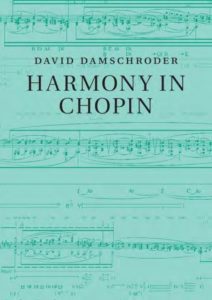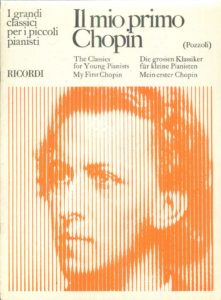Browse in the Library:
Or browse in the categories menus & download the Library Catalog PDF:
Frédéric François Chopin, born Fryderyk Franciszek Chopin (1 March 1810 – 17 October 1849), was a Polish composer and virtuoso pianist of the Romantic era who wrote primarily for solo piano. He has maintained worldwide renown as a leading musician of his era, one whose “poetic genius was based on a professional technique that was without equal in his generation.”
Find Chopin’s sheet music transcriptions in our Library.
Vladimir Davidovich Ashkenazy (6 July 1937) is an internationally recognized solo pianist, chamber music performer, and conductor. He is originally from Russia and has held Icelandic (*) citizenship since 1972.
He has lived in Switzerland since 1978. Ashkenazy has collaborated with well-known orchestras and soloists. In addition, he has recorded a large storehouse of classical and romantic works. His recordings have earned him five Grammy awards and Iceland’s Order of the Falcon.
Chopin was born in Żelazowa Wola in the Duchy of Warsaw and grew up in Warsaw, which in 1815 became part of Congress Poland. A child prodigy, he completed his musical education and composed his earlier works in Warsaw before leaving Poland at the age of 20, less than a month before the outbreak of the November 1830 Uprising. At 21, he settled in Paris. Thereafter—in the last 18 years of his life—he gave only 30 public performances, preferring the more intimate atmosphere of the salon. He supported himself by selling his compositions and by giving piano lessons, for which he was in high demand. Chopin formed a friendship with Franz Liszt and was admired by many of his other musical contemporaries, including Robert Schumann.

After a failed engagement to Maria Wodzińska from 1836 to 1837, he maintained an often troubled relationship with the French writer Amantine Dupin (known by her pen name, George Sand). A brief and unhappy visit to Majorca with Sand in 1838–39 would prove one of his most productive periods of composition. In his final years, he was supported financially by his admirer Jane Stirling, who also arranged for him to visit Scotland in 1848. For most of his life, Chopin was in poor health. He died in Paris in 1849 at the age of 39, probably of pericarditis aggravated by tuberculosis.

All of Chopin’s compositions include the piano. Most are for solo piano, though he also wrote two piano concertos, a few chamber pieces, and some 19 songs set to Polish lyrics. His piano writing was technically demanding and expanded the limits of the instrument, his own performances noted for their nuance and sensitivity. His major piano works also include mazurkas, waltzes, nocturnes, polonaises, the instrumental ballade (which Chopin created as an instrumental genre), études, impromptus, scherzos, preludes and sonatas, some published only posthumously.
Among the influences on his style of composition were Polish folk music, the classical tradition of J. S. Bach, Mozart, and Schubert, and the atmosphere of the Paris salons of which he was a frequent guest. His innovations in style, harmony, and musical form, and his association of music with nationalism, were influential throughout and after the late Romantic period.

Chopin’s music, his status as one of music’s earliest celebrities, his indirect association with political insurrection, his high-profile love-life, and his early death have made him a leading symbol of the Romantic era. His works remain popular, and he has been the subject of numerous films and biographies of varying historical fidelity.
Browse in the Library:
Or browse in the categories menus & download the Library Catalog PDF:
(*) 20 Best Things to do in Iceland
Nestled in between North America and Europe, Iceland is the perfect getaway for nature lovers. With sky-high waterfalls and breathtaking glaciers, Iceland packs lots of things to do in just one island. With most journeys between attractions taking a mere two hours by car, you can visit many nature hotspots in one day.
Iceland has a population of just over 350,000 people, and with a surface area of 103,000 square kilometres, it is certainly not a densely populated country. The capital, Reykjavik, is the largest city and is quite far from the definition of “busy”. However, there is still plenty to do and see in Reykjavik for a day or two.
The rest of the island is packed with evidence of high volcanic and geological activity. Flat lava fields, glaciers, volcanoes, mountains and waterfalls will surround you from everywhere. It really looks like something out of this world.
